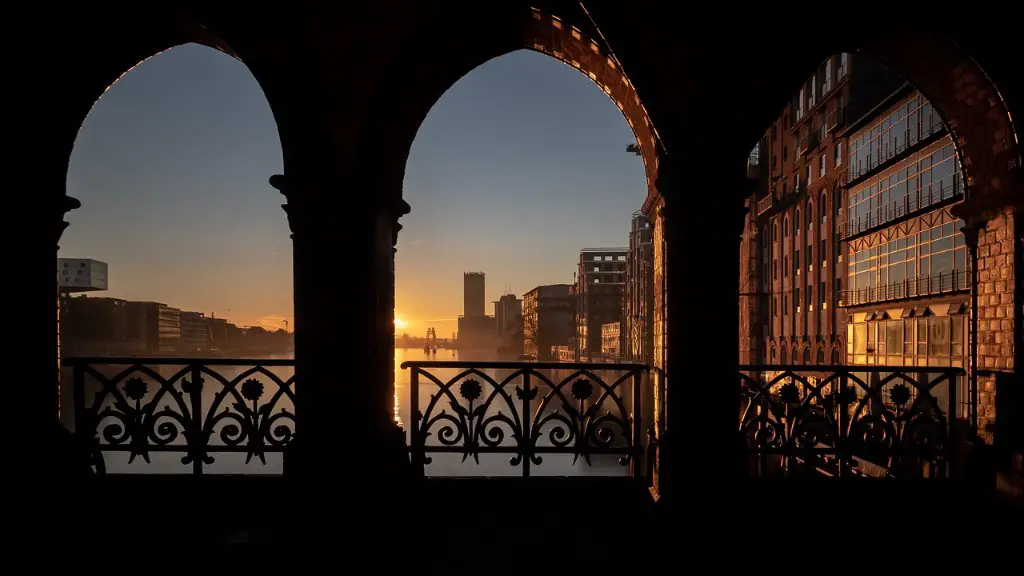Identifying Client Needs
When making a design brief in architecture, the most important step is to properly identify the client’s needs. This requires meeting with the client to discuss the background and objectives of the project, and determining the scope of the project. Following this, architects should create a checklist of essential elements, such as activities, timelines, and budget, required to deliver a successful project. The design process must also account for the client’s aesthetic preferences and end goals, such as an operational plan or visuals. Furthermore, if working with a landscape architect, the roles and responsibilities should be clearly defined, and an environmental impact study should be conducted.
Translating Client Needs into Specific Design Requirements
Once the initial client needs have been established, it is important to translate these into specific design requirements that will be included in the design brief. This involves fleshing out the objective of the project and exploring options that could be included in the project. Workplace architects may also need to consider how space is allocated, the type of materials used, and the safety requirements for the building. In addition, it is important to include detailed technical specifications and cost estimations for the project, as these can influence the success of the design.
Researching Comparable Projects and Solutions
Before creating a design brief, it is essential to research comparable projects and solutions. This information can be used to ensure that the design meets industry standards and can provide inspiration for the project. Additionally, researching projects from similar contexts or climates can help Architects understand the challenges of the project and assure that resources are allocated correctly. Additionally, Architects should look out for relevant engineering and environmental regulations that may need to be considered when making the design brief.
Creating Design Criteria
Design criteria are another important aspect of a design brief, as they define the success of a project. When creating the design criteria, Architects should consider the resources available and acceptable, the timeline and budget, and the requirements and preferences of the client. Additionally, they should look beyond traditional building criteria, such as aesthetics and soundness, and consider questions such as what type of experience the project should create.
Documenting the Design Brief
When documenting the design brief, it is essential to ensure that all of the relevant information is included. This involves ensuring that the scope of the project is fully expressed and that all the necessary details are included, such as materials, safety specifications, and functional considerations. Additionally, varying views and opinions of the design brief should be included and Architects should record the project costs and any other relevant information.
Delivering the Design Brief
When delivering the design brief, it is important to ensure that all of the essential parties have received the document. This involves communicating the design brief to all parties involved in the project, such as the developer, and making sure that each party understands their roles and responsibilities. Additionally, it is important to consider how the design brief can be improved, by discussing potential changes and considering feedback from the key parties.
Project Monitoring and Evaluation
Finally, it is important to include project monitoring and evaluation as part of the design brief. This involves setting up a system of communication and meetings between the key parties and ensuring that regular progress reports are conducted. This can help to identify potential problems and issue early in the project and help to ensure that the project is completed on time and on budget. Additionally, evaluating the performance of the project can provide valuable insights for future projects.
Constructability Reviews
Constructability reviews can be very beneficial in the design process in architecture. This involves bringing in experts from the construction industry to review the design brief and give feedback on any aspects which might pose challenges during the construction process. This can help Architects identify potential issues and risks, even before the project begins, and assist in creating a design brief that is both cost effective and safe.
External Consultants
External consultants may also be hired during the design process. This could involve environmental experts to help navigate potential environmental issues or financial advisors to help with cost estimations. In some cases, legal consultants may also be hired to review the design brief and ensure that the project is compliant with relevant regulations. Using external consultants can ensure that the design brief accounts for all of the relevant factors, including any potential issues or constraints.
Risk Management
Risk management should also be an important consideration when creating a design brief in architecture. This requires anticipating possible risks associated with the project, such as delays in construction, and planning to mitigate these risks. Additionally, establishing contingencies can help to ensure that the project is completed on time and within budget, even in the case of unexpected issues.
Technology Solutions
Many technology solutions can be used during the design process in architecture. This involves leveraging tools such as BIM and virtual reality simulations to explore potential options and visualize the project. Additionally, digital documentation systems can be used to store and share design documents, and apps can be used to collaborate on the design process. Technology solutions can help to reduce the cost of the project and create a design brief that is both efficient and effective.


